An autolayout constraint can be definded as:
self.view.addConstraint(NSLayoutConstraint(item: label,
attribute: .Bottom,
relatedBy: .Equal,
toItem: self.view,
attribute: .Bottom,
multiplier: 1,
constant: 0))
I did not understand what a use case would be for using the multiplier.
When to use Multiplier in iOS AutoLayout?



